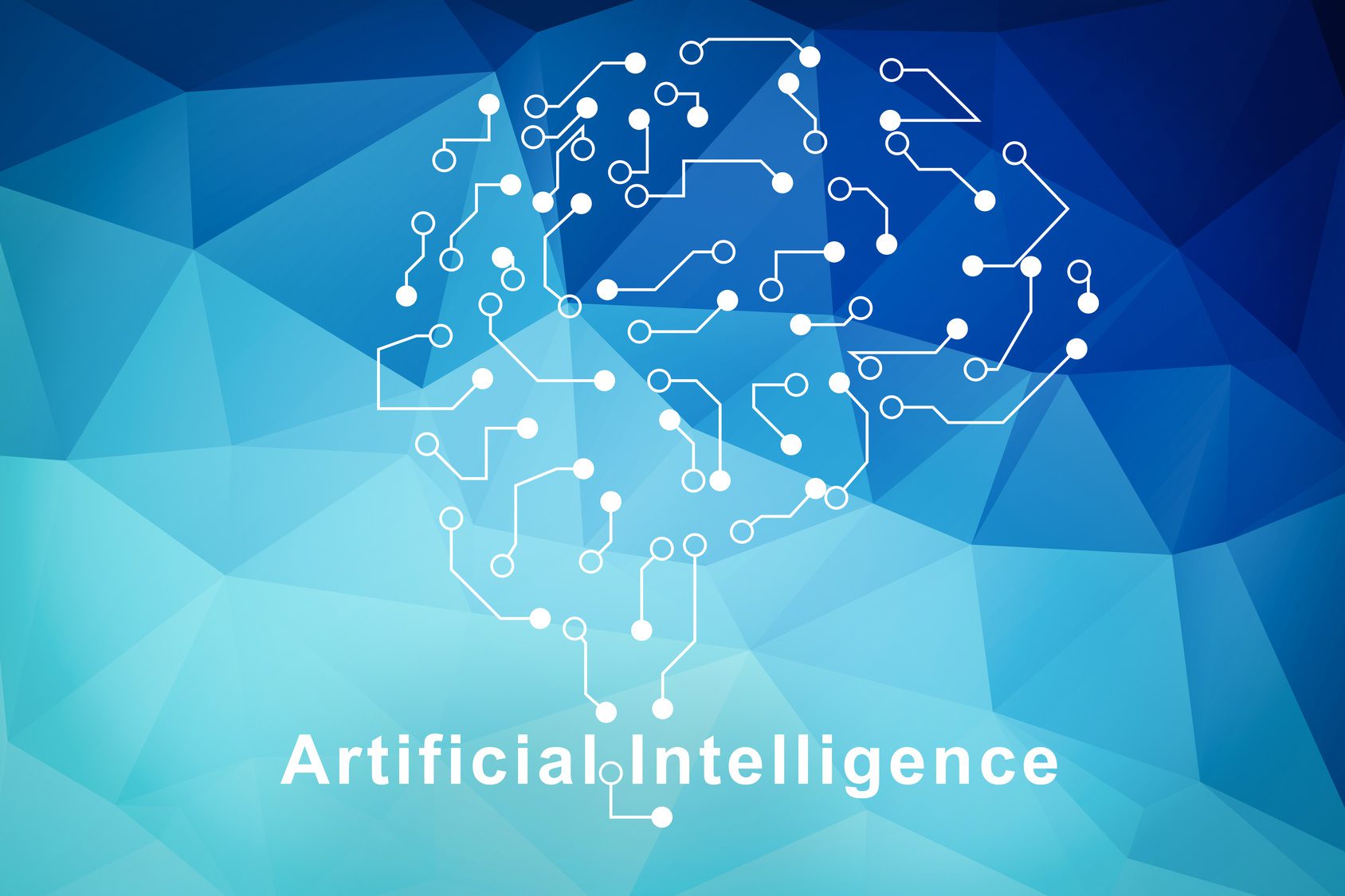Last century, one of most dramatic changes to the banking ecosystem was the integration of digital technology, both with back office and customer-facing systems. Today, we are entering a whole new phase. Customer demographics are shifting as technologies evolve, giving rise to a digitised market dynamic and a new playground for financial services, one that offers challenges and opportunities for banks and financial institutions that didn’t exist just a few years ago.
These are the droids you’re looking for
Artificial intelligence (AI) and machine learning (ML) are creating huge efficiencies for banks and consumers alike.
Conversational AI chatbots and voice assistants, for example, are emerging as a popular way to deliver rapid, personalised customer service experiences at scale. And the use-cases go way beyond basic customer support. With technologies advancing, these chatbots and assistants can act as personal finance advisors to help end-users manage their money, or pay bills with a simple command.
As AI becomes increasingly pervasive, banks need to find the right balance between ease and experience.
Sometimes a customer wants a quick answer and a quicker fix. There are certain situations though, when considerable expertise, empathy and tact are required. Here, human interaction is the best approach.
But with technology now able to effectively mimic human speech patterns, it will become harder to draw a clear line between people and robots.1 The question is – should consumers know? Considering these ethical and reputational issues will be a priority for banks as AI becomes integral to the delivery of financial services.
Delivering the personal touch
AI and ML are also helping banks move beyond traditional pre-packaged products and services to forge a more meaningful connection with their consumers.
By using data to truly understand consumer behaviour, banks can create products that are, well, better than those we have today. More flexible. More relevant. More equipped to help us reconcile our spending habits with our longer-term financial ambitions.
Among younger consumers, who are increasingly wary of credit, for example, platforms that encourage savings, investment and financial-planning will resonate more than those that simply promote additional spending. Banks benefit too, as it keeps product portfolios relevant and allows resources to be distributed effectively and efficiently.
A Quantum of Solace for banks
To remain competitive in the long-term and deliver truly personalised experiences and services, continually improving data quality and using smarter tools is key.
Enter quantum computers, which have the potential to completely revolutionise AI, ML and data modelling.
It’s reported that quantum computers can be up to 100m times more powerful than traditional computers.2 Such power could allow banks to deliver AI services and applications that are simply beyond our reach today, and incorporate critical thinking, creativity and intuition.
Of course, it is hard to say when the first commercial applications of quantum computers will become viable. Harder still is to predict what the quantum future will look like, not only for banks, but for society as a whole. The prospect of such overwhelming change makes it critical that banks and financial institutions come together now to explore future opportunities and negotiate potential challenges.
The Bank of GAFAMAT?
Looking into the more immediate future, Google, Amazon, Facebook, Apple, Microsoft, Alibaba and Tencent – the major technology titans collectively (and clunkily) known as GAFAMAT – have recently poured huge investments into financial services.
Many see the ‘Bank of GAFAMAT’ as the next logical step. Changing consumer behaviour, particularly among younger generations, is a key driver. 36% of all consumers would consider switching to a GAFAMAT bank. 50% of those are aged between 25 and 34.3
Where does this leave banks? Given the impact of GAFAMAT in other sectors, there is an understandable wariness in some quarters.
In the open banking era, however, GAFAMAT should not be seen as an existential threat, but rather an opportunity to deepen customer engagement and establish stronger bonds with younger consumers that associate more readily with platforms, not institutions. Indeed, GAFAMAT can be a powerful channel for banks to leverage through symbiotic partnerships, integration and collaboration.
The road ahead
The dialogue surrounding the impact of these disruptive trends and technologies for the banking ecosystem is evolving fast. For banks and financial institutions, standing still is simply not an option. This is why platforms like Mobey Day Toronto are so important, enabling close and collaborative discussion on how AI, robotics and changing spending habits are shaping the future of financial services.
[1] https://www.theguardian.com/technology/2018/may/08/google-duplex-assistant-phone-calls-robot-human
[3] https://www.intelligentenvironments.com/will-gafa-next-bank/











